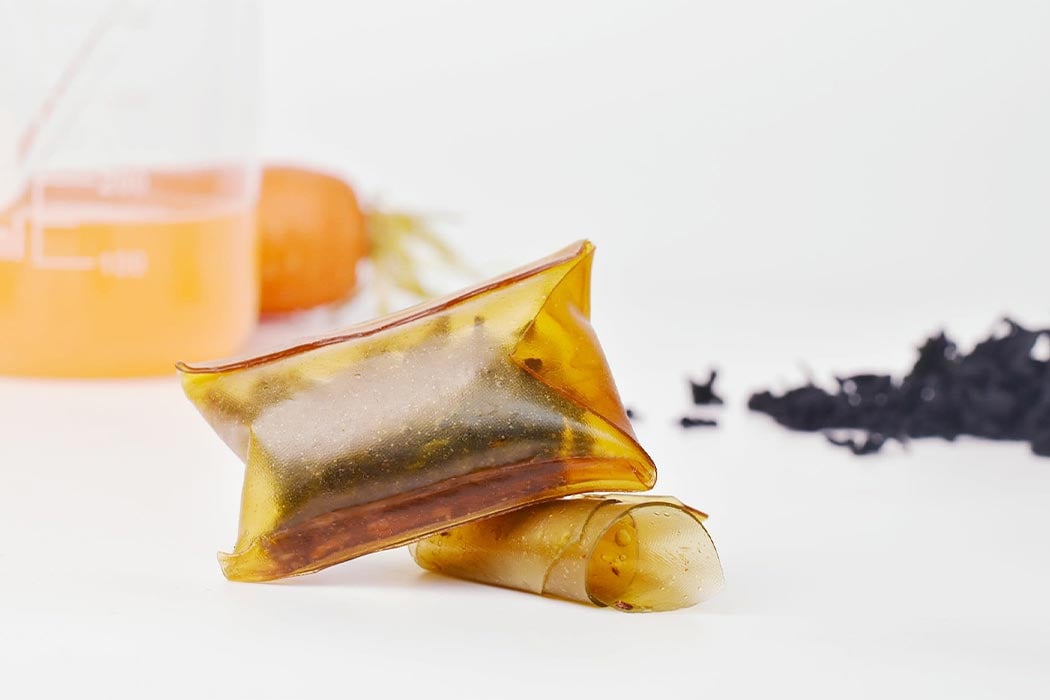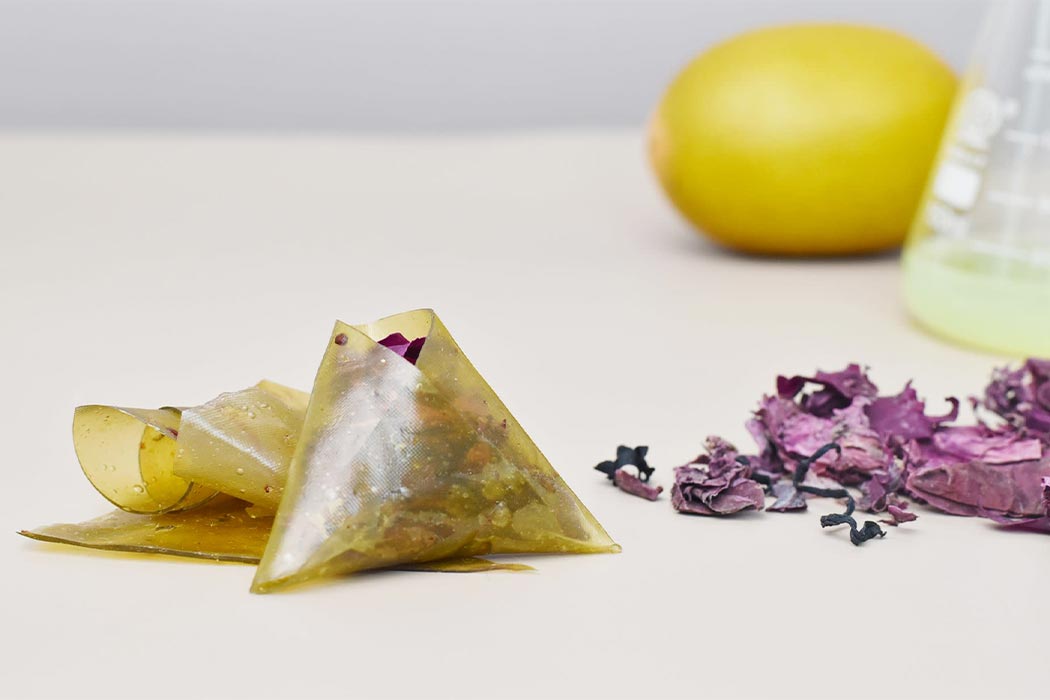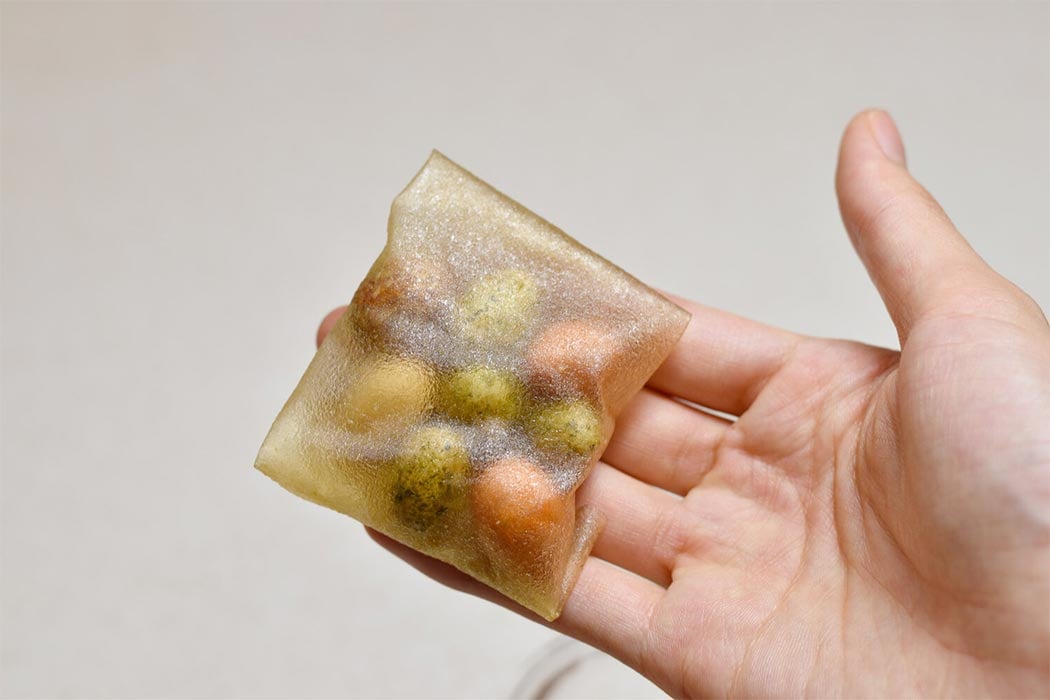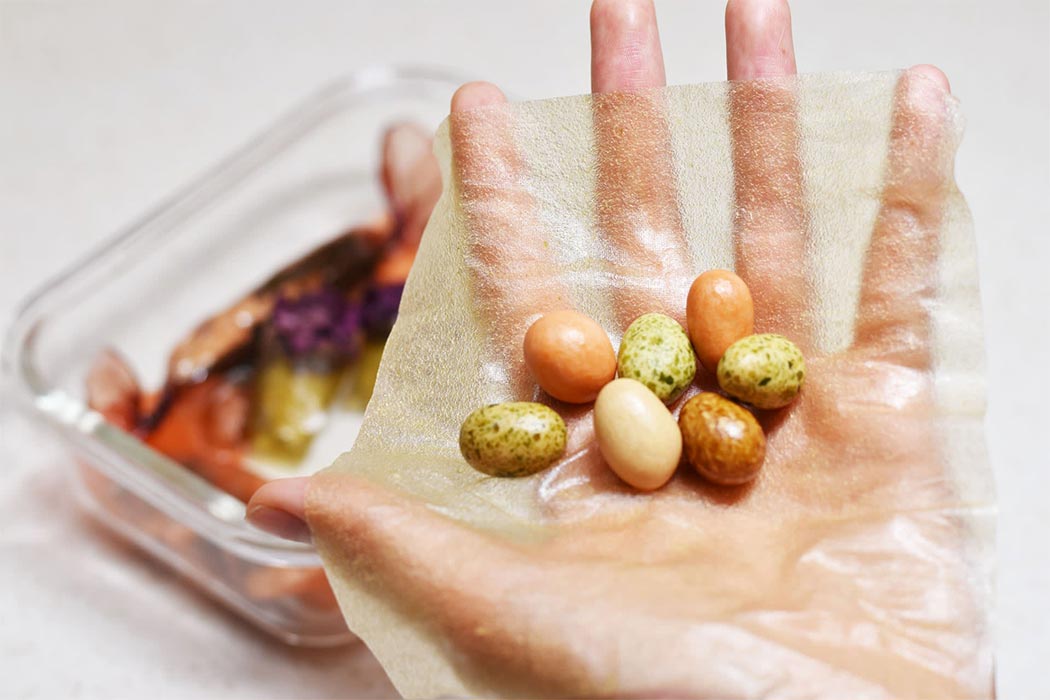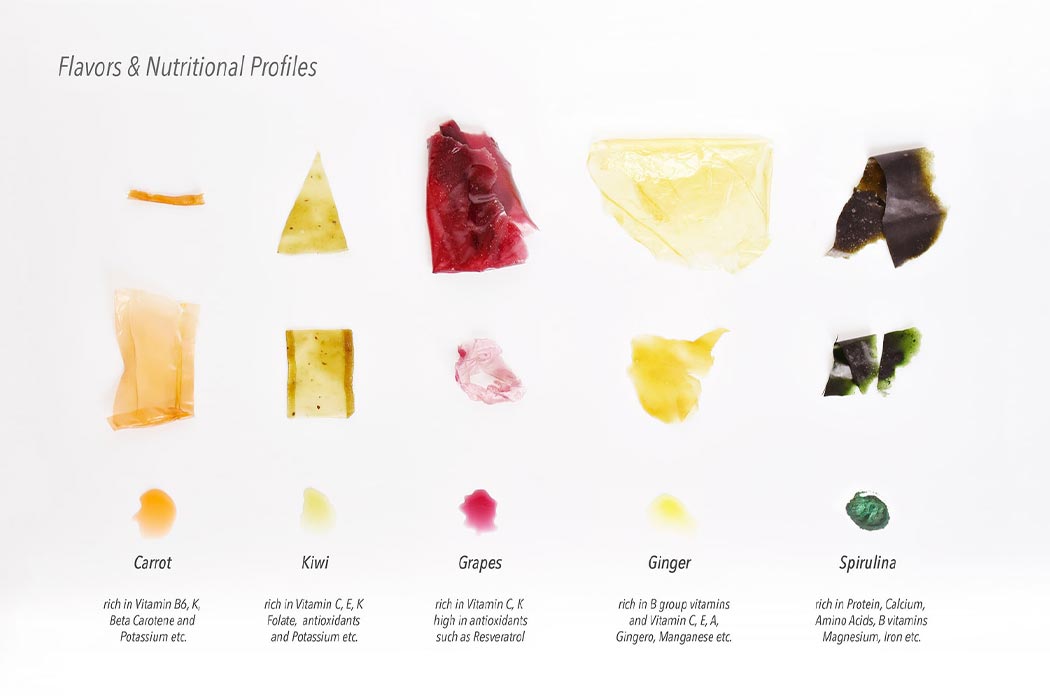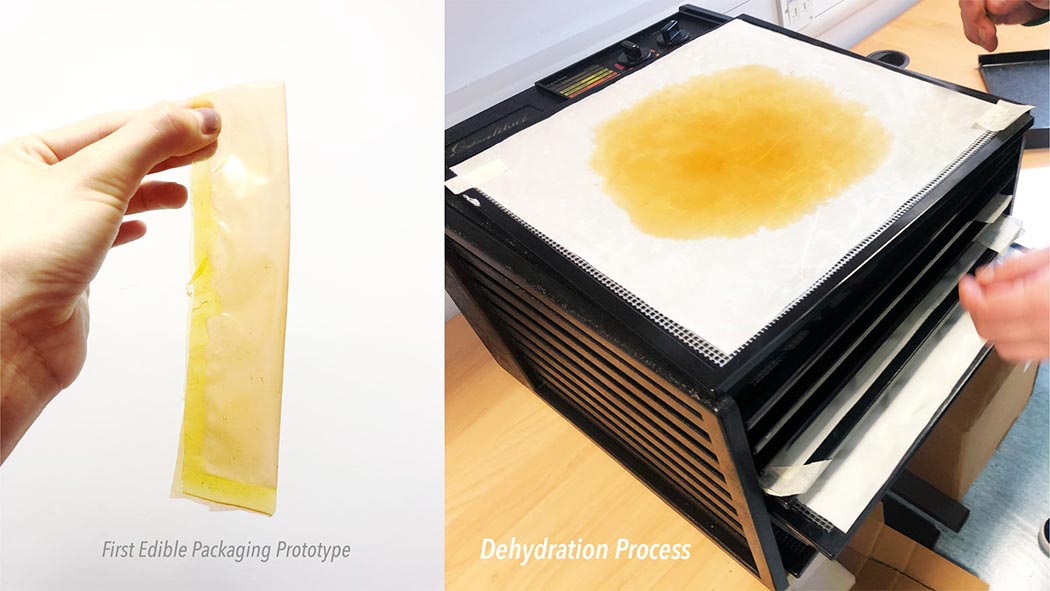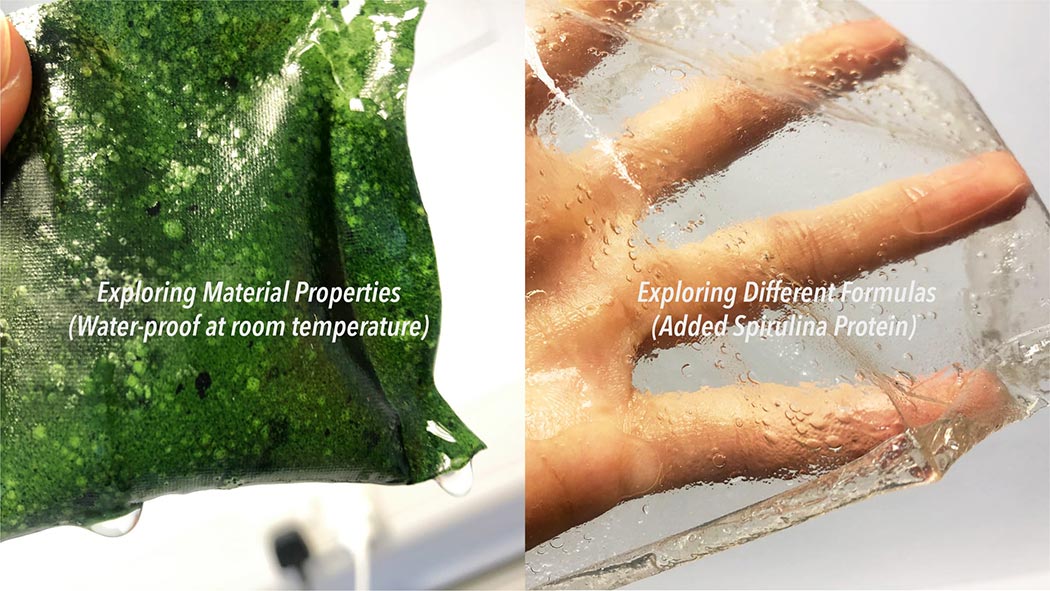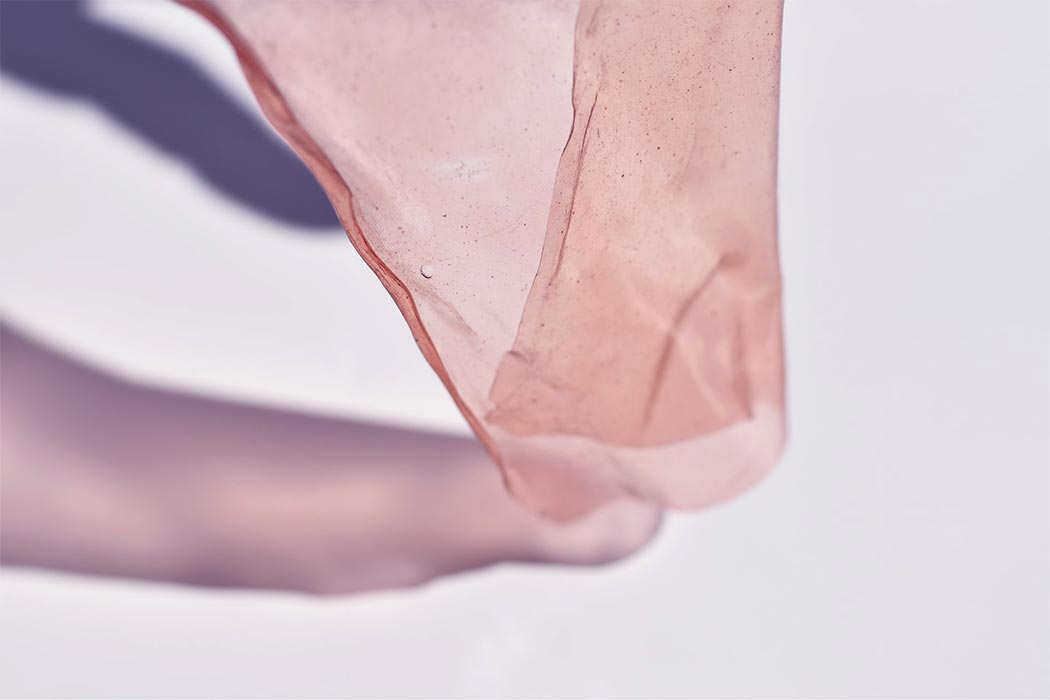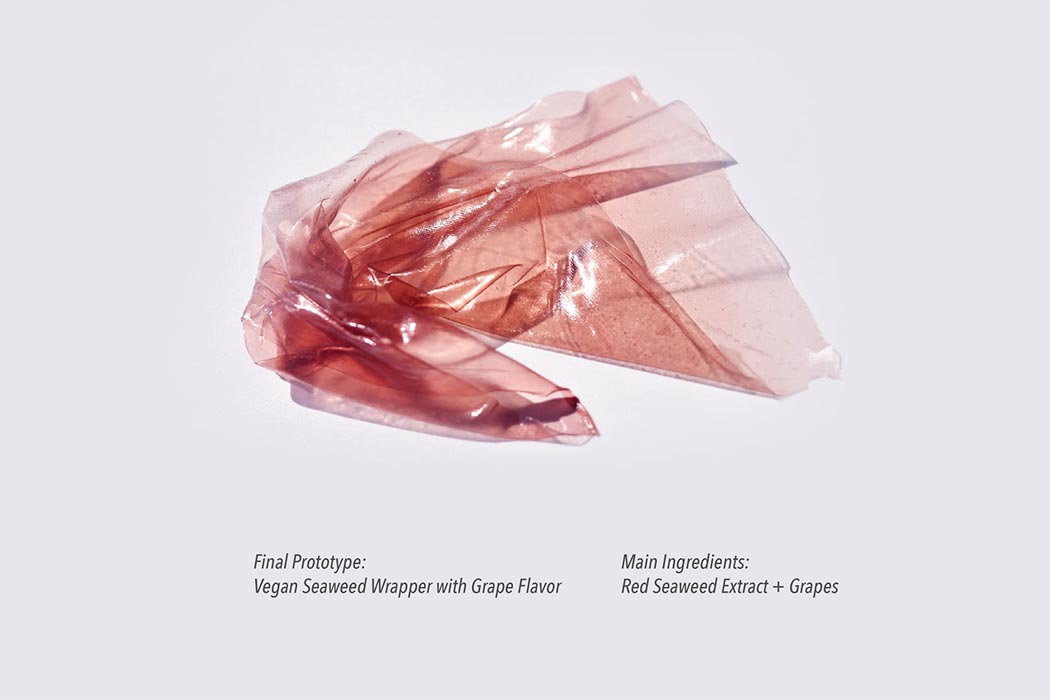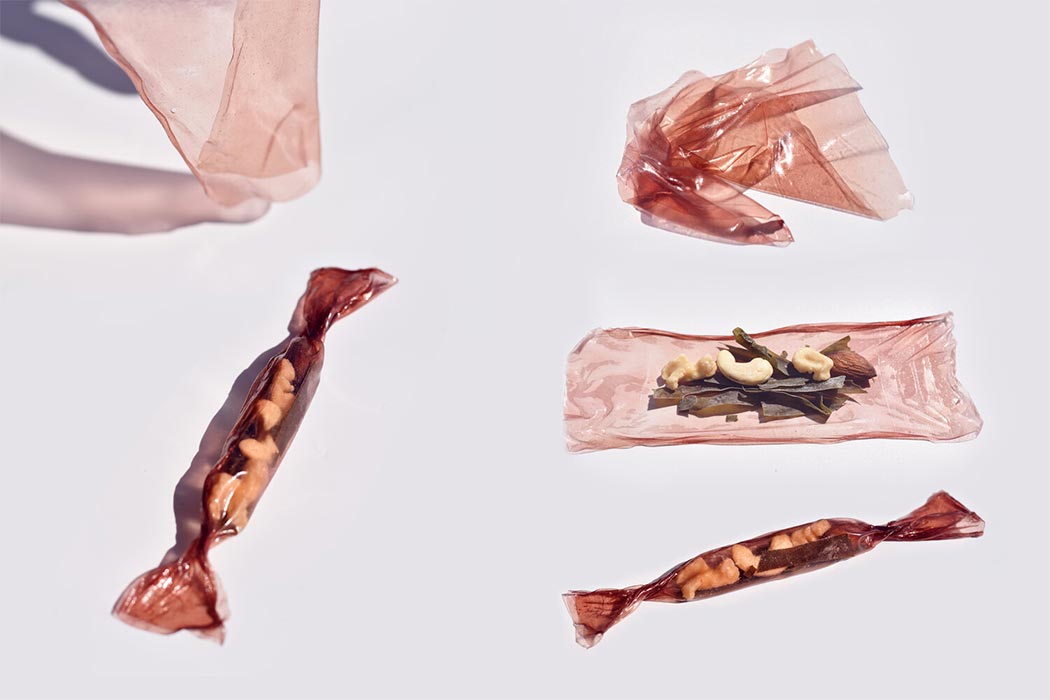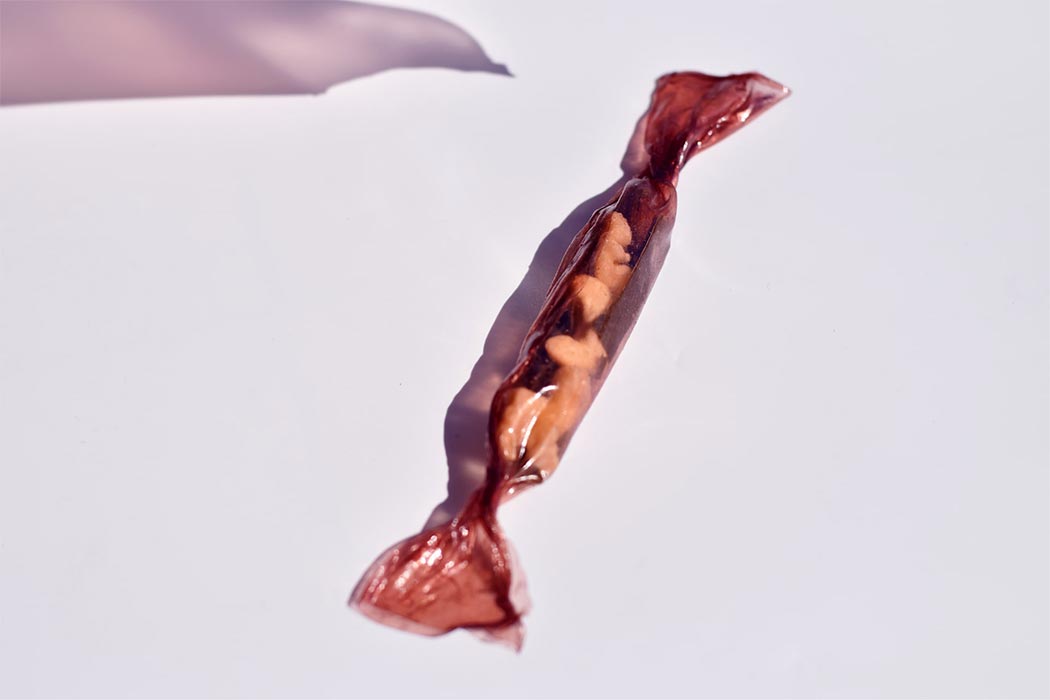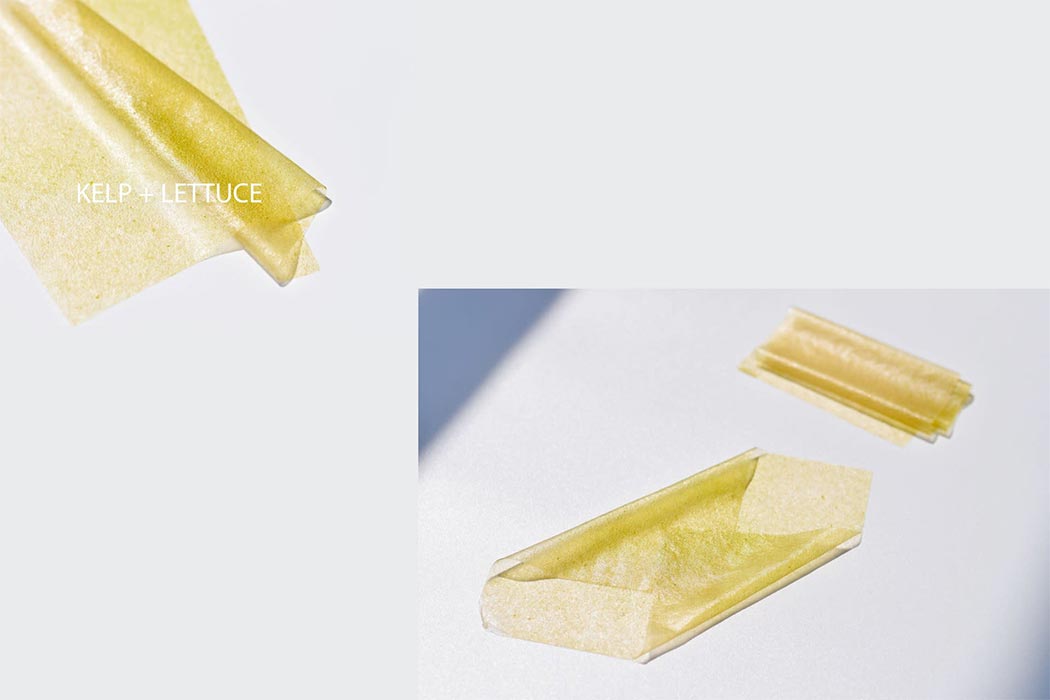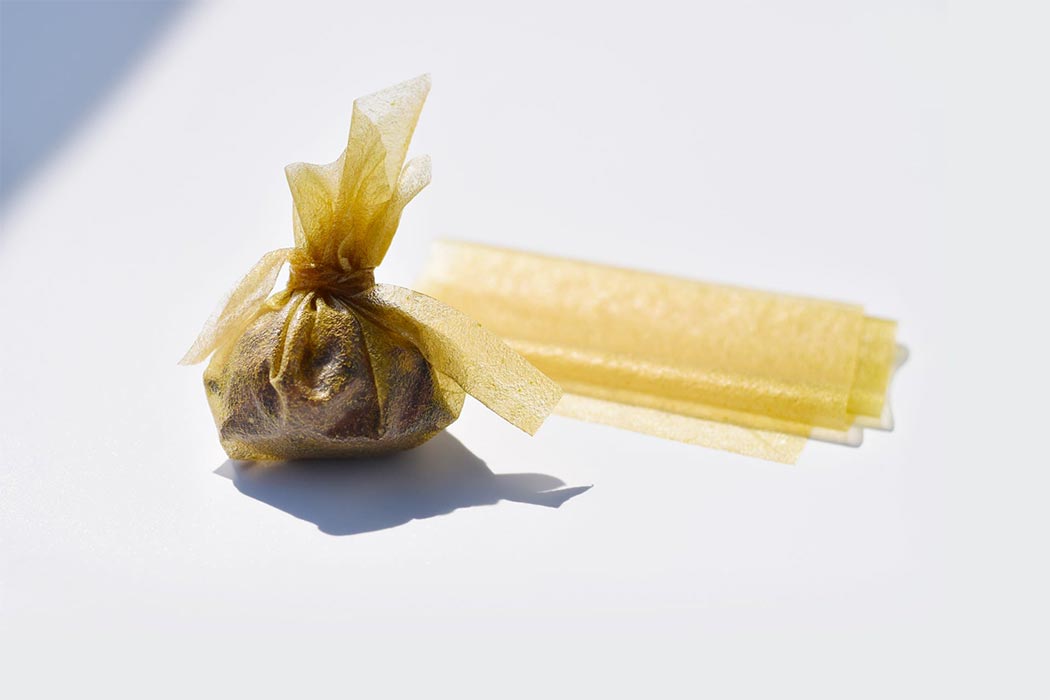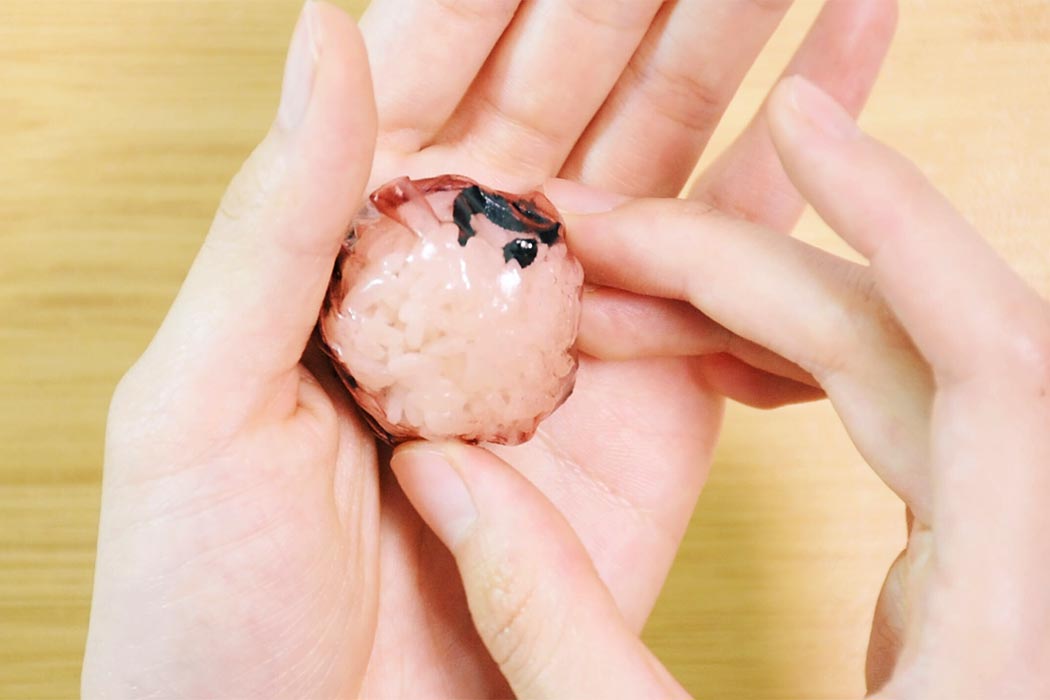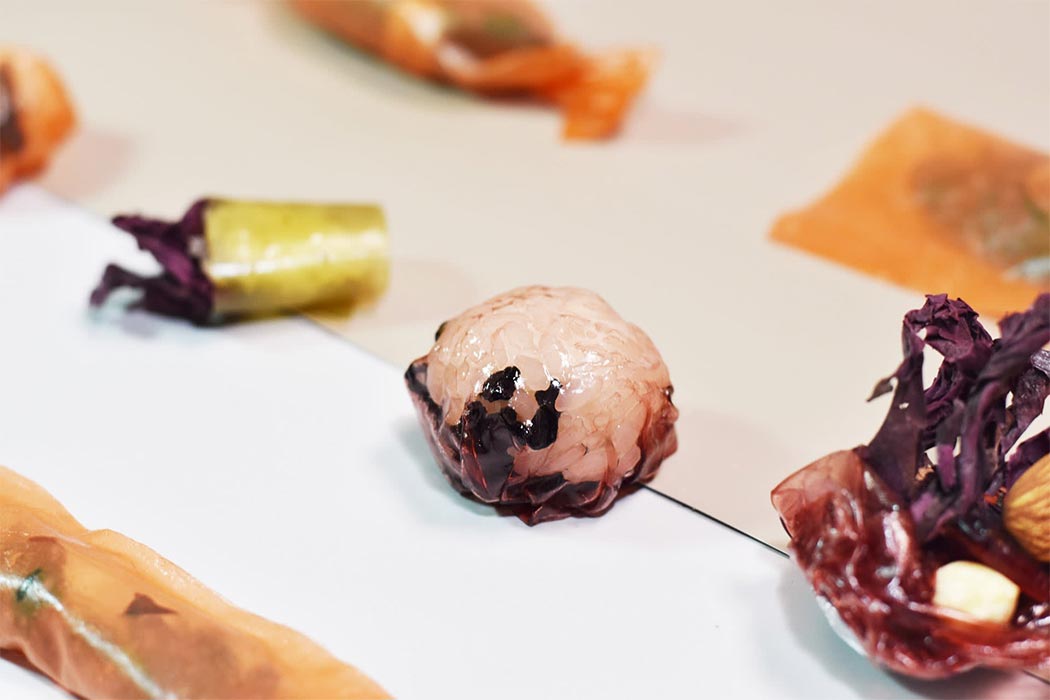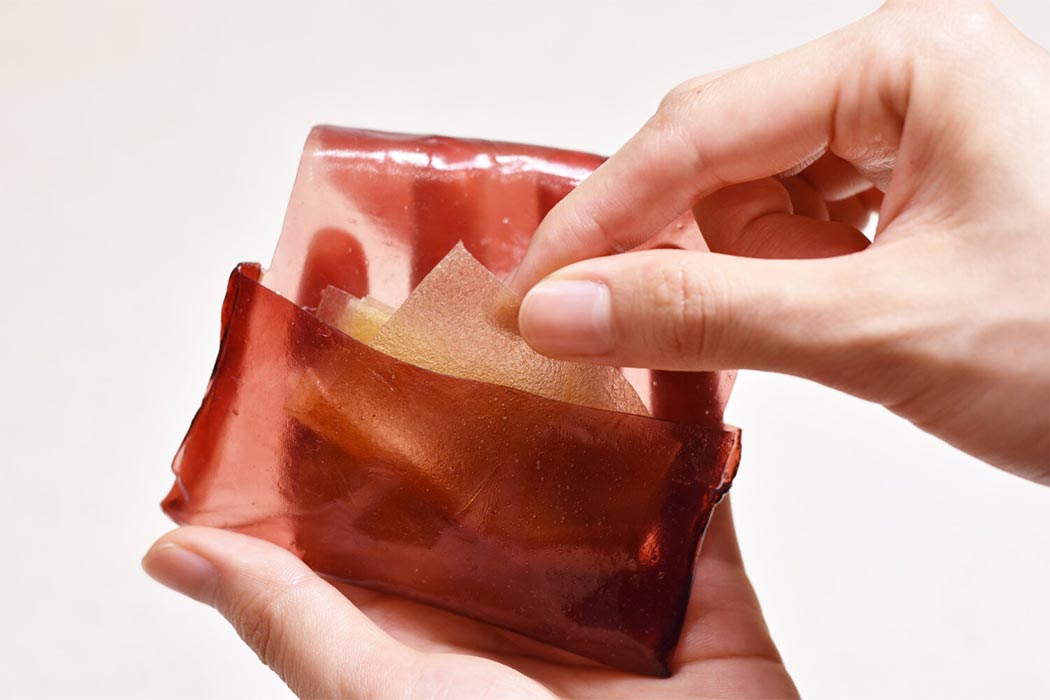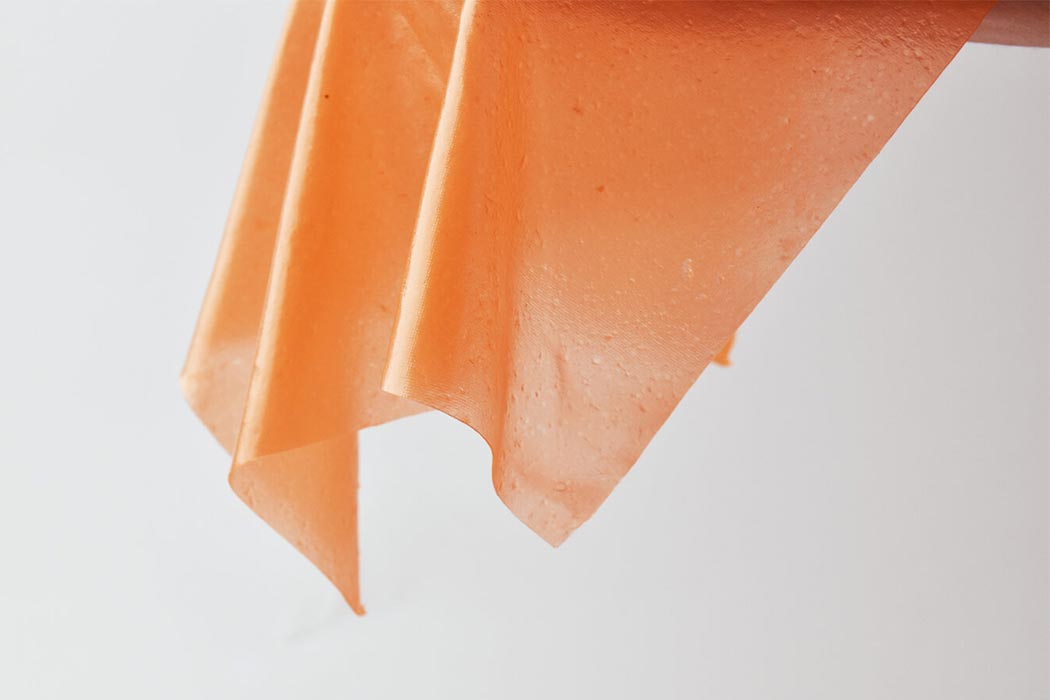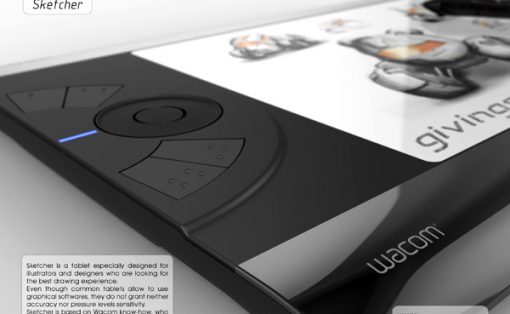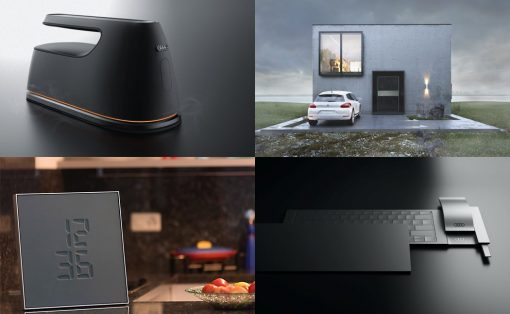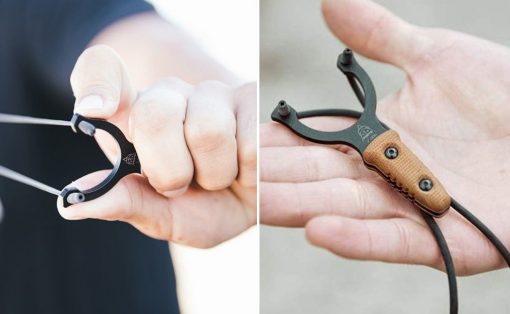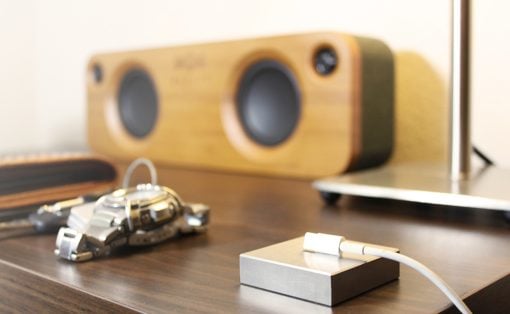I don’t even know where to begin with the problem of plastic pollution – it is a heavy one and in literal terms, the amount of plastic on this planet is almost the same as the weight of the entire human population. Let that sink in. Single-use plastic makes for more than 50% of the plastic waste problem and if we continue at the rate we are going right now, there will be more plastic in the ocean than fish by 2050. According to the UN Environment, one million plastic drinking bottles are purchased every minute around the world, while up to 5 trillion single-use plastic bags are used worldwide every year (read more here). In total, half of all plastic produced is designed to be used only once and then thrown away – this is a serious problem and Wenwen Fan of the Royal College of Arts is using her design abilities to do her bit in providing a solution.
Seaweed is touted as green gold by scientists who are exploring its uses as a sustainable alternative for single-use plastic. What makes it interesting is that it can be edible and has high nutritional value too! It is already a staple in Asian diets and also in skincare routines, so it was time to push the boundaries and turn these into vegan wrappers. Made from seaweed and vegetable extracts, these low-cal wrappers can be used as edible packaging for snacks and dissolvable pouches that add extra nutritional value to your food like vitamins, minerals as well as polysaccharides from that support your gut health. The seaweed extract is then dehydrated and the prototypes are examined in different temperature settings as well as tested for waterproof properties. Turtles eat seaweed and they live to be 100 so why not!?
“As a multidisciplinary experience designer, I am passionate about designing a cohesive, integrated set of experiences for behavior change. From embedding AR into an immersive Alzheimer’s simulation experience to creating sustainable edible packaging from seaweed, I believe a good experience design should be context-driven, behaviorally informed, and culturally relevant,” says Fan. The wrappers can customize for different flavors and nutritions for a more personalized product combination on Seaweed U which will be an online platform dedicated to the product. It is an ingenious way of packaging food while also being a source of soluble fiber – I see this design as a win-win with the only hurdle being the scale of mass production should a big brand adopt this packaging design. Seaweed U encourages a more convenient, playful, and pleasurable diet solution as well as reducing plastic pollution from the food industry.
There are three suggested scenarios in using these seaweed wrappers: Trick or Treat, The Lazy Pouch, and Super Chef. Trick or Treat is a healthy snack made from fruity-taste seaweed skins. Through combining a more familiar food palate like nuts and berries with the nutritional skins, it enables people to enjoy seaweed through daily snacking without being held back by the green and slimy texture. The Lazy Pouch is a single-serve, dissolvable pouch with different types of seaweed like wakame, dulse, and kelp, etc. that offers a convenient and quality meal supplement for those living a fast-paced lifestyle. Super Chef offers a creative DIY food experience in the kitchen where people can play with this versatile material in combination with ordinary ingredients to make unique dishes like transparent onigiris, ice cream raviolis, and colorful spring rolls.
We all know eating a more plant-based diet has a direct impact on climate change and seaweed can be of great help. According to scientists, building seaweed farming networks on just 9% of the world’s ocean could offset carbon emission entirely – that can buy us more time to focus on the larger plastic problem. Seaweed U aims to help people feel comfortable with different superfoods that add immense benefits to their health as well as the health of our planet.
Designer: Wenwen Fan
